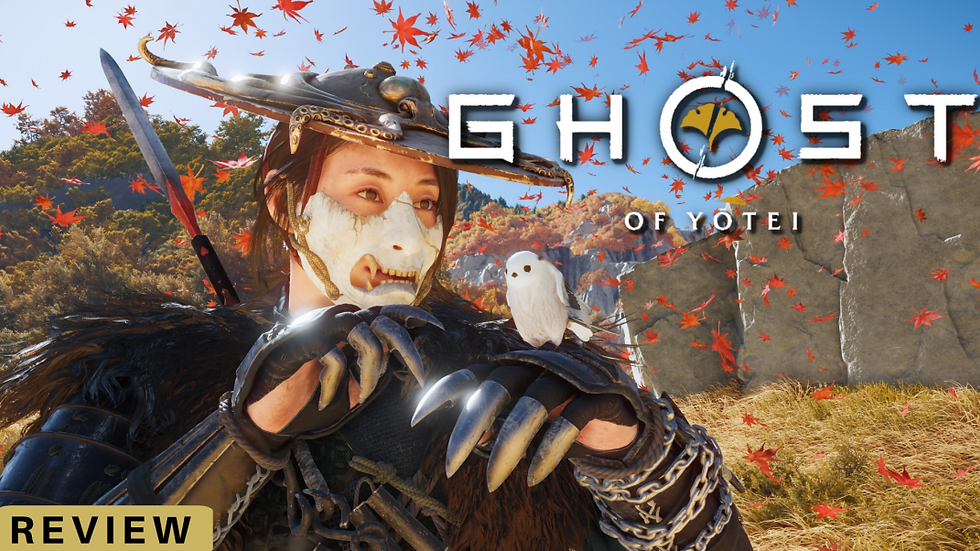Life In Death: Kena Bridge of Spirits REVIEW
- Arielle Danan

- May 11, 2022
- 3 min read

Spiritual Awakening: The thought of death scares anyone; the lingering concept of what is lurking in the great beyond is almost too scary to wrap ones mind around. Sadness, the mourning process is a big part of loss and how it’s dealt with in media is a mixed bag. Kena: Bridge of Spirits handles the topic of death in a way that more video games should. Eloquently, respectfully, and in a philosophical manner that creates a positive conversation around a topic shrouded in darkness.

Finding Peace: This game creates a simplistic, beautiful atmosphere that pulls in the player. Whether it’s the adorable Rot, the tear-jerking moments that make you want to hug all the characters in this game, or the beautifully crafted concept of the philosophy of death, going into this game will teach you that life creates moments of meaning and substance that may carry on to whatever lie ahead in the great beyond. Each spirit saved in the game has found peace and relaxation in death and can breathe a sort of sigh of relief, with Kena guiding the way to a peaceful end a thought crosses the spirits face that indicates a feeling of finality, that “ok, I’ve done my job, it’s time to rest.”

A Rot That Heals: This game brings about a lot of new concepts, one of them being that Rot helps in the growth of the forest and in the destruction corruption of an area. Rot is known commonly to be something evil, and I love how its utilized as something that is meant to help Kena, and going against the grain of its name’s implications. The rot even aids in freeing the spirits of their earthly shackles that keep them bound to what their morals and ideas. The rot in this game is a part of a bigger picture; the rot is everything that is good and bad about the world. The rot is growth, destruction, rebirth and harmony. And by the end of the game we find out just how much the rot was a part of this every changing world. It was the very soul and creation that brought things health and environmental wealth. At each pivotal point of the game from Taros acceptance of his death, to Adira trying to craft a better tomorrow for not only herself but for the world they life in, to how Toshis destruction of the world around him led to the regret of his destruction. All of the chaos, all of the torment led to harmony and balance that we see by the end of the game.

Closure: There’s nothing better than having a game that knows its aim and how it wants to write its narrative. The developers at EmberLab created a game imbued with wonderful puzzle work, creative dialogue sets, and immersive story that I will admit, can feel a bit rinse and repeat at times, but over all creates an environment that can suck the player in. Creating a positive narrative for death to thrive in a game is a challenging thing to do. The discussion on the afterlife is a conversation that needs less fear and more positivity. It is the one certainty about life, and seeing a game such as Kena: Bridge of spirits handle this topic with such class and decorum really makes me think that the gaming industry will be more open and willing to discuss those hard to tackle topics more so going into the future than ever before.




Comments